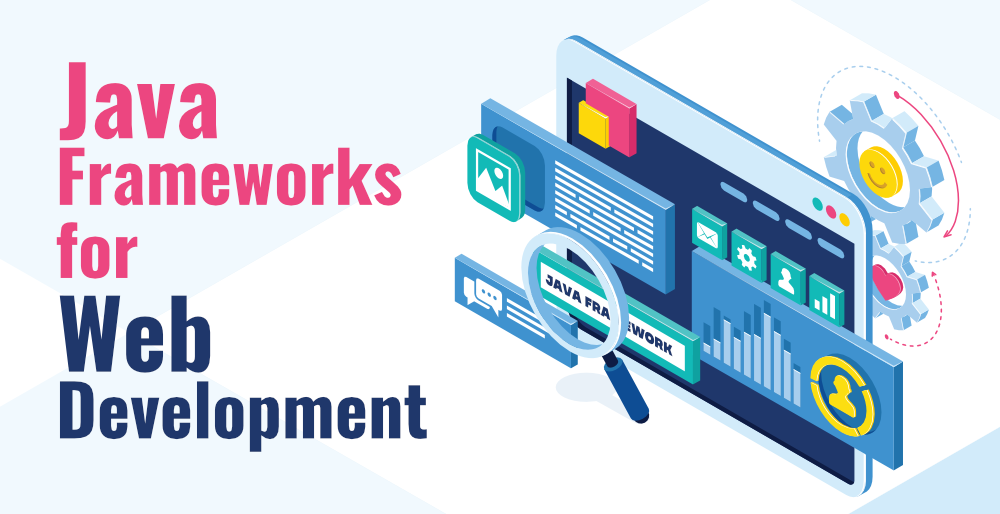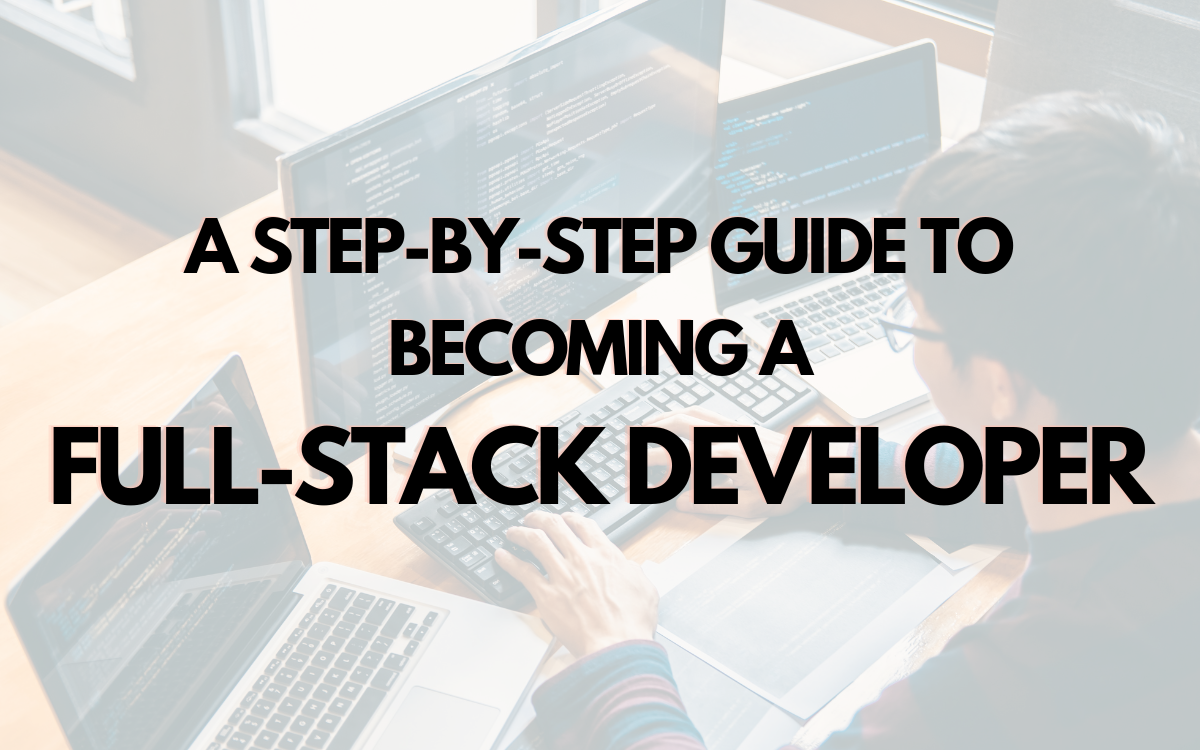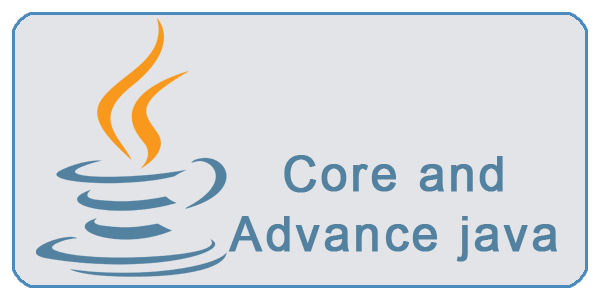Globalization has made the globe more connected than ever before. This only serves to increase the competitiveness of the internet. More businesses are now required to operate online in order to compete. Additionally, the software market has become much more competitive as a result. This has made it harder for companies to gain a competitive edge. The DotNet Framework helps to bridge this gap.
A Microsoft open-source framework, the DotNet Framework is an open-source framework. With the framework, developers can create software applications more easily. The framework can be used with any language. The framework is considered one of the most popular platforms for developing software applications. Some of the advantages of using the Framework over alternatives. Also, the Framework is examined to find out why it is the best choice for your software application development project. Additionally, the IT Training Institute in Nashik can assist you in your quest to become a DotNet Developer.

Why does the DotNet Framework matter?
.NET solutions are used across a wide range of industries.
It is possible for businesses to create many different types of solutions using .NET development solutions. Listed below are just a few applications that commonly use .NET development solutions:
1. Enterprise apps
Enterprise apps are software applications that are used for .NET development services to implement corporate solutions that are extremely efficient for all types of processes, from scalable ERP to plugins.
2. Mobile applications
By combining .NET and Xamarin, cross-platform mobile apps can be developed and new features can be added to existing apps using the framework.
3. The Internet of Things
The Internet of Things allows developers to create apps and link devices with smart features thanks to the technology’s compatibility and high performance.
4. Video game development
.NET frameworks offer comprehensive support for gaming apps due to the numerous features they offer and the application adaptability they offer without lags.
5. Web-based applications
A Custom .NET development companies offer professionals capable of creating online applications and systems that help businesses transform into digital enterprises.
Why You Should Choose Microsoft’s DotNet Framework to Develop Your Application
1. Object-Oriented Programming
When software applications are developed using object-oriented methods, they are the best. Data encapsulation and representation applications encapsulate and utilize internal and external data to represent systems. An application is made up of these systems.
A class is assigned to each object in an object-oriented approach. Class data and its associated operations are contained within the class. Property data includes strings and numbers, method data includes calculating or displaying, and event data includes clicking.
Software applications scale by removing operations that are data-intensive from the code thanks to object-oriented programming. By doing so, performance is improved and errors are reduced.
2. Cross-platform support
With the .NET Framework, you can create applications that run across multiple platforms. In other words, developers can use the Framework to develop software that works in Windows, macOS, Android, iOS, and for a variety of other platforms. As a cross-platform framework, the Framework is a great choice for developer’s who want to create software that works on a variety of platforms.
A cross-platform developer does not have to write code separately for each operating system. Consequently, time and efforts are saved. Moreover, bugs related to operating system issues can also be reduced.
3. Multi-language support
There are over 60 languages available for developing applications with .NET. There are several Microsoft programming languages, including Visual Basic, C#, C++, J#, etc. For developers who understand multiple programming languages, Microsoft’s.NET framework makes developing apps easy.
All of these not only work together with the Framework, but it also works with many other types of non-Microsoft programming languages, such as Python, Ruby, Scala, Java bytecode, PHP (through Phalanger), Standard Markup Language, VB Script, etc. The best way for businesses to acquire high-quality applications in these languages is to simply hire developers.
4. Powerful libraries and toolsets
In addition, there are numerous third-party tools and libraries available for the .NET Framework. A list of these is available on the NOOK of the Microsoft Press website. Content for the .NET Framework is centrally located in the NOOK library. As a result, the Framework documentation, sample code, and other content can be easily found and accessed.
The tools and libraries from third-parties make it easy for developers to accomplish nearly any task in software development.
A few examples of this are data access, user interface design, distributed computing, and web technologies.
5. Better Security
It is always important to ensure that software applications are secure. Fraud is a major issue in Internet commerce, especially in areas where identity theft is common. From the start, the .NET Framework has been designed to secure applications. Businesses seeking to protect sensitive data have a choice of the Framework because of this.
In addition to protecting data in transit, the Framework also protects data at rest. Encryption is prevented during transit. Access is controlled and encryption is strong during rest. This security capability makes the .NET Framework an ideal platform for securing sensitive data.
6. Integration of applications
A wide range of Microsoft office applications are integrated with DotNet. The Microsoft Office apps such as Exchange Server, Email, Lync Messenger, and others are easier to use with this tool. It eliminates the need for multiple app connections and makes it easy for developers to get data quickly and easily.
It is possible to use a .NET application to simplify business management, whether it’s internal communication, data exchange, or teamwork on multiple projects. Workflows are automatically managed in most cases.
7. Responsiveness
Fast and lightweight are the hallmarks of the Microsoft .NET Framework. Software can be developed that can perform intensive operations with this framework. The .NET Framework is capable of supporting both small, low-processing power applications as well as large, highly scalable systems.
In the crowded field of software development platforms, the responsiveness of the .NET Framework has helped the Framework to stand out from the competition.
Final Words
Application developers now rely on the .NET Framework as the de facto standard for software development. There have been more than 20 years of its existence and there is no sign that it is about to stop. It is meeting all global market demands. For this reason, you may want to consider it for your next software development project.














